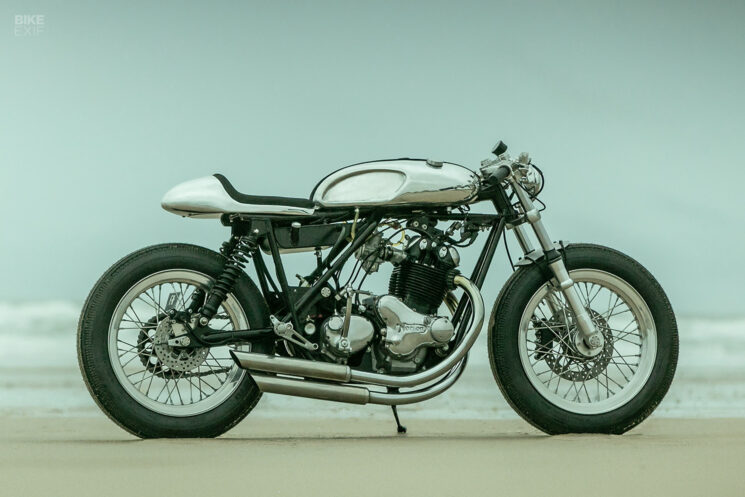
Like many custom workshops, FCR Original has cottoned on to the fact that modern classics are much less hassle to work on than vintage motorcycles. That’s why they have a catalog of build-to-order templates for bikes like the BMW R nineT, Triumph Bonneville, and Royal Enfield Interceptor, along with a shop full of aftermarket parts. But the French outfit likes to step outside of their comfort zone now and again.
For their latest project, FCR Original couldn’t resist the allure of the legendary Norton Commando. With a 1975-model Commando Mk3 in hand, they set out to build the sleekest café racer possible, with an emphasis on visual lightness and handcrafted parts.
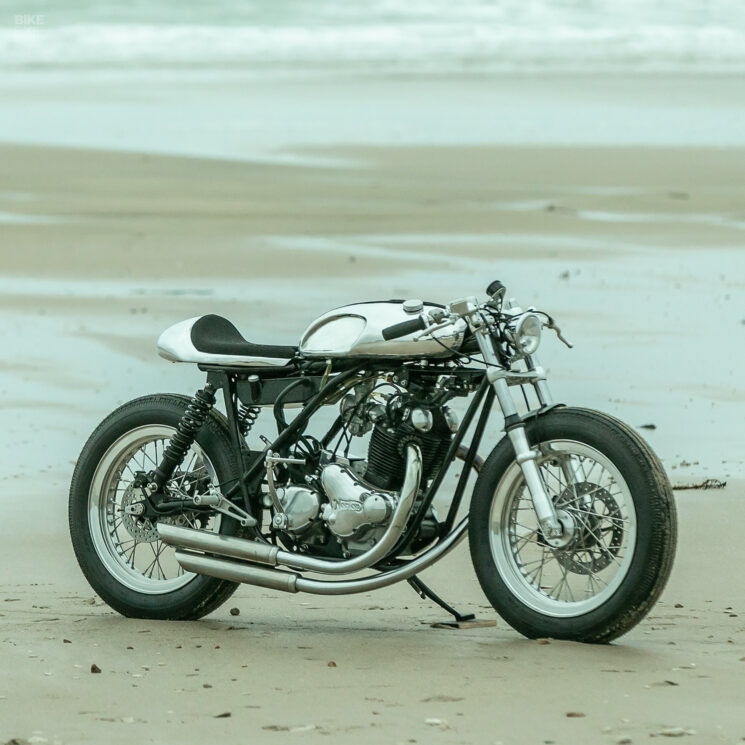
A crucial phase of the project was the complete restoration of the underlying bike. FCR’s team went through every inch of the almost half-century-old machine, restoring or replacing each part to better-than-factory spec. The rebuild included a number of upgrades too—some using period correct parts.
It’s worth noting that the crew spent almost as much time researching each part that they did fitting it. It was a rabbit hole of consulting seasoned experts, perusing specialist catalogs, and tapping into their extensive network in the UK to figure out the best course of action for each area of the old Norton.

“Our plan was to build a beautiful object capable of rolling,” says FCR Original’s founder, Sébastien Guillemot. “The mechanics were therefore dismantled and completely renovated—from the crankshaft to the cylinder head, on which a Y-shaped intake pipe was installed. With a single carburetor, the twin seems even narrower.”
For the Norton Commando’s running gear, FCR fitted Ceriani forks at the front and fresh shocks at the back. The wheels use 18” Borrani rims, laced to hubs that FCR fabricated specifically for this bike. ABM brake calipers handle stopping duties.
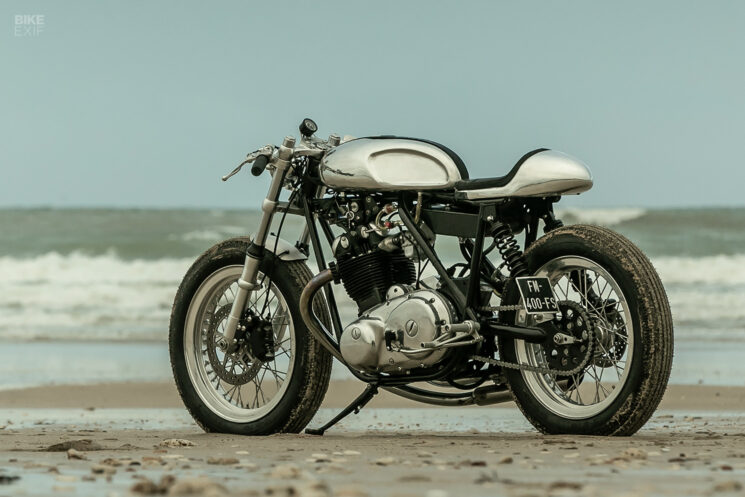
Although the Commando’s new tank and tail were made by hand out of aluminum, FCR Original used modern techniques to design them. The parts were sketched out the old-fashioned way, before being replicated using digital design software. Working with 3D renders of each part, the team could perfect every aspect of the design before cutting, shaping, and welding everything.
Once the fuel tank and seat unit were built, FCR polished them rather than applying paint. It was an inspired move; the bodywork looks like elegant blobs of mercury flowing across the top of the vintage Norton frame.
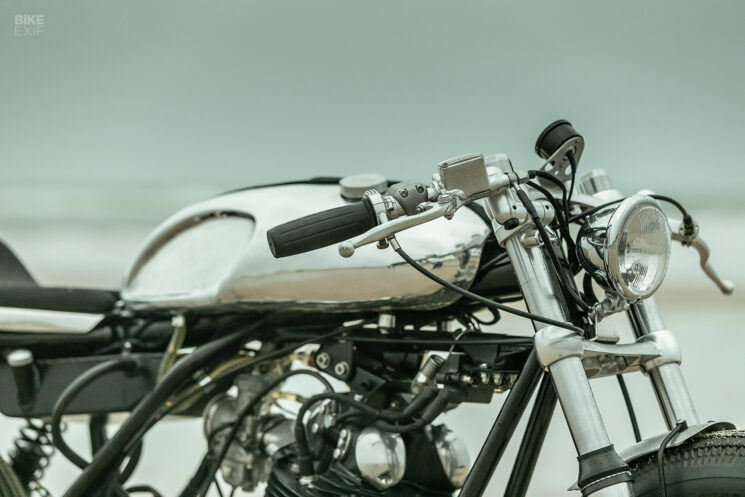
The polished bits perfectly match the Norton’s refreshed engine casings, with black epoxy covering the frame and swingarm. “I wanted an authentic café racer, crafted with metal and a touch of leather,” Sébastien adds.
“My goal was to highlight the engine, with its black and polished aluminum finishes. During the disassembly, I seized the opportunity to give it a distinctive look. So, we chose to paint the top of the engine black.”
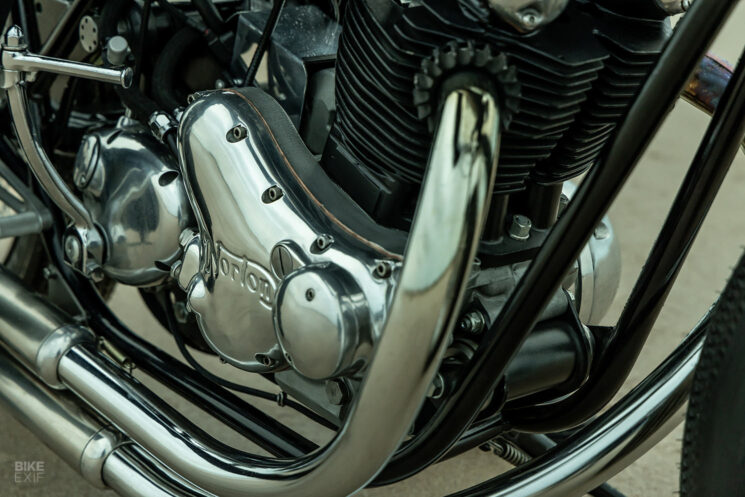
Sébastien had a very particular design in mind for the Norton’s exhausts too. The idea was to have hand-bent stainless steel headers exit the cylinder heads parallel to each other, swoop down, and terminate on the right-hand side of the bike in a pair of stacked mufflers. It took some doing, but the crew pulled it off in the end.
Up in the cockpit, the Norton’s original yokes were surface treated and fitted with a special plate that blocks off the original riser holes while also holding a Motogadget speedo. Adjustable clip-ons wear a new throttle, grips, levers, and push button-style switchgear. A small Bates-style headlight sits up front; the LED taillight and turn signals are FCR Original parts.

Customizing an older machine like this Norton Commando Mk3 is undeniably more work than working on a newer bike, but FCR Original has proven that the results are worth it. We’re eagerly anticipating their next vintage makeover.
FCR Original | Facebook | Instagram | Images by Bertrand Bremont
